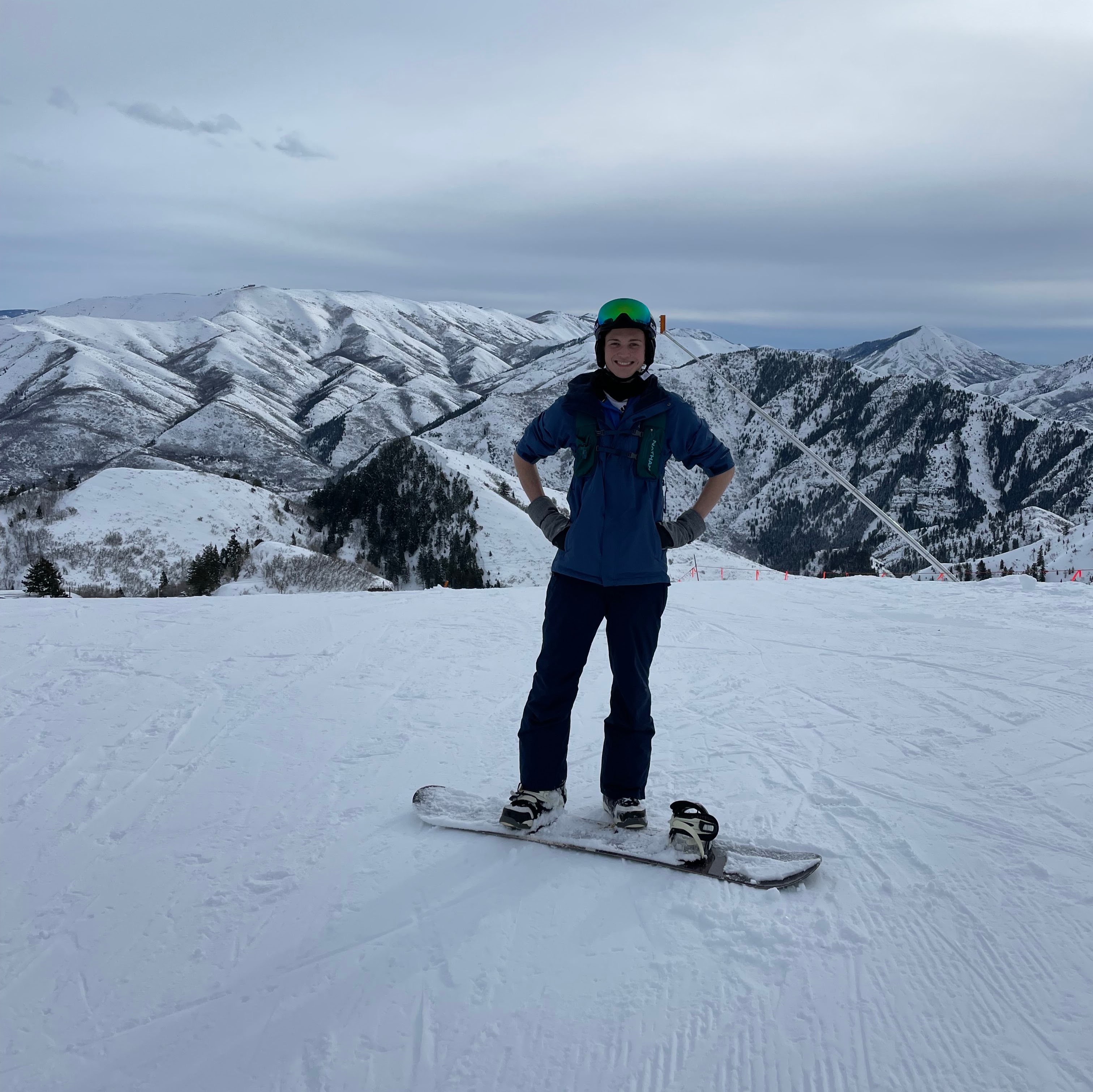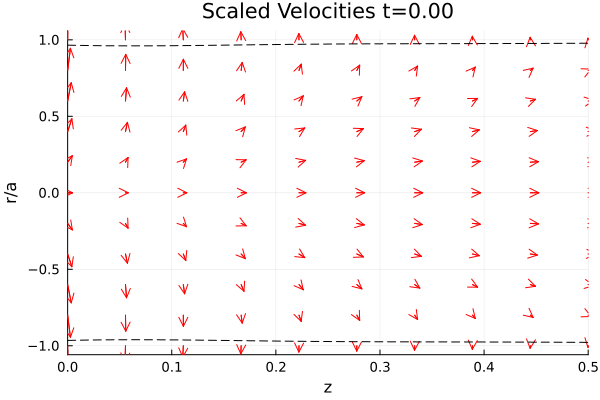

My name is Filip Bělík and I am a PhD student at the University of Utah studying Applied Mathematics with an intended graduation of May 2027. I am generally interested in computational mathematics, scientific computing, and modeling; my current projects include parameteric model order reduction, blood flow modeling, methods for Carathéodory pruning, and uncertainty quantification for decision-based models. Outside of my studies, I enjoy spending time outdoors including running, walking, hiking, playing tennis, biking, or snowboarding. I also enjoy music, board games, and coding in the Julia programming language.





